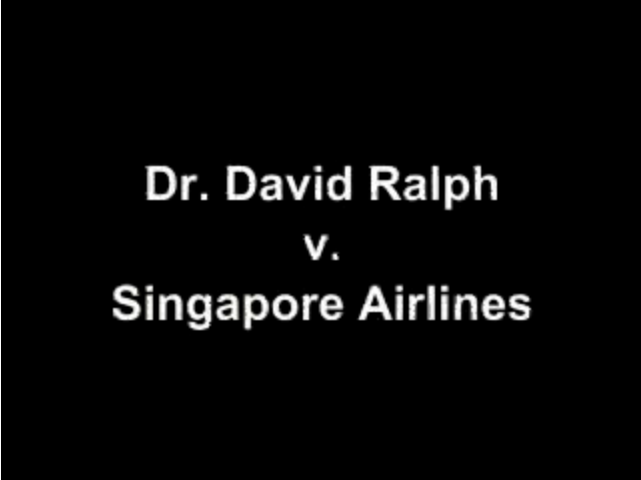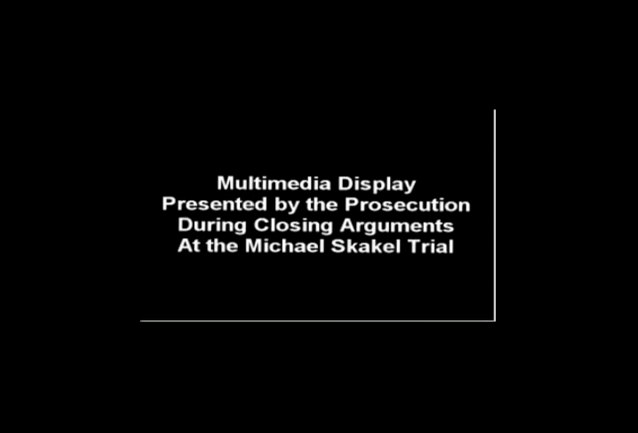Dr. David Ralph v. Singapore Airlines
High quality settlement brochure by Juris Productions: ‘Day-in-the-life’ documentary skillfully incorporating multi-media [including victim’s, family’s and experts’ accounts] to depict life story of esteemed Christian school founder and professor and tragic airplane accident resulting in victim’s physical debilitation, constant pain, exhaustion, emotional suffering, loss of life enjoyment, and deep and lasting psychological harm
Michael Skakel homicide trial
In its highly publicized 2002 prosecution of Michael Skakel for the 1975 murder of Martha Moxley, lawyers for the State of Connecticut used an interactive CD-ROM to display all of their demonstrative evidence throughout the trial. This included photographs of the neighborhood and crime scene, diagrams of the locations at which real evidence had been found, and an audiotape of a telephone interview Skakel had given to a journalist in the late 1990s.
During closing argument, the prosecution replayed excerpts from the audiotape and simultaneously projected a transcript of Skakel’s words onto a screen for jurors to follow. In the closing’s most dramatic moment, jurors heard Skakel describe the panic he felt when Martha’s mother asked him about her daughter the morning after the night of the murder – and simultaneously saw on the screen a photograph of Martha’s lifeless body next to the transcript of Skakel’s words.
As Skakel utters the word “panic,” jurors instantly see Martha Moxley’s lifeless body appear on the screen as it lay at the crime scene. The picture of Martha’s battered, lifeless body immediately explains the implicit meaning of his words. Of course Skakel experienced a “feeling of panic” when Martha’s mother asked him the next morning if he had seen Martha the night before. The viewer instantly makes the connection: Skakel, upon awakening, must have recalled with horror what he had done the night before. The viewer instantly sees and “knows” what he is reacting to. Revulsion impels a sense of Skakel’s guilt.
This instantaneous understanding elides the passage of time – between the murder and the morning after (in 1975), and between the time when Skakel uttered these words (in 1997) and the time that they were replayed at the trial itself (in 2002). Distance in time and space matters not, for everything takes place in the emotionally salient, temporally flattened now of viewing the screen. And because this understanding is immediate, credible, and seemingly complete, the viewer experiences little reason to question what he knows. The defense counsel’s purely verbal counter-narrative is unlikely to explain Skakel’s panic as convincingly because it lacks the cognitive and emotional salience of the prosecution’s montage. Seeing is believing – or more precisely, belief is more solidly constructed through visual understanding prompted by visual displays.
Needless to say, Skakel’s lawyers were less enthusiastic about the prosecution’s use of the audio-visual montage summation. They called the display a “made-for-conviction movie” that fabricated a confession. On appeal, the Supreme Court of Connecticut saw no merit in the defense lawyers’ charges.



